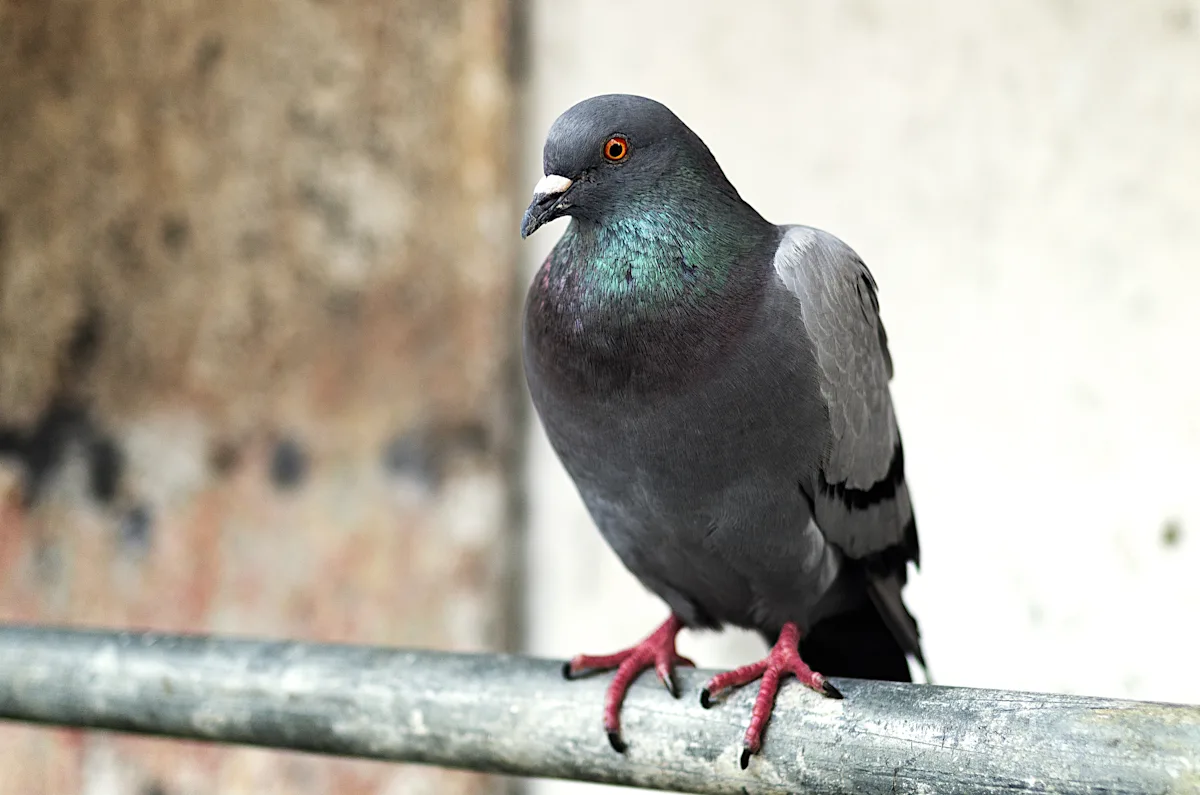Why Mumbai’s Pigeon Feeding Ban is a Fight for Public Health and Property
Related Articles
India Speeds Up Chenab Dams With 2026 Deadline, Spotlight on Pakistan Water Flow
India has issued firm construction deadlines for four major hydropower projects on the Chenab River in Jammu and Kashmir, marking a decisive shift in...
Republic Day Parade Ticket Sale Online: टीवी नहीं, कर्तव्य पथ से देखें रिपब्लिक डे परेड, ऐसे करें टिकट बुकिंग
Republic Day Parade Tickets 2026 की बिक्री शुरू, 20 रुपये से मिलेगा परेड देखने का मौका
Republic Day Tickets Online: हर साल 26 जनवरी को होने...
Banned by Akbar, Revived by Yogi: 556-Year-Old Panchkosi Parikrama Begins at Magh Mela
The age-old Panchkosi Parikrama, a profound symbol of Prayag’s spiritual heritage and cultural continuity, commenced at the Magh Mela on Monday with traditional prayers...


